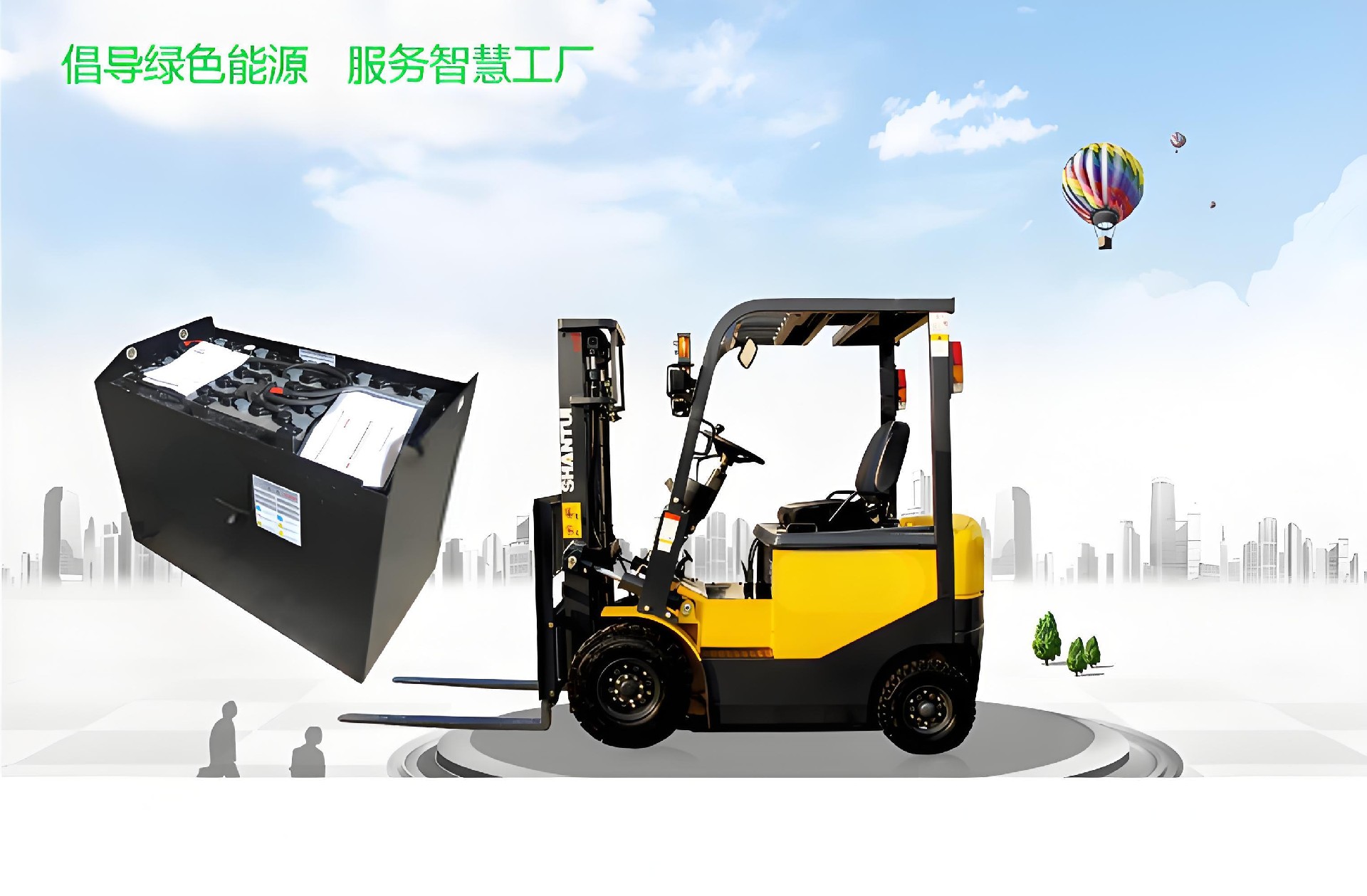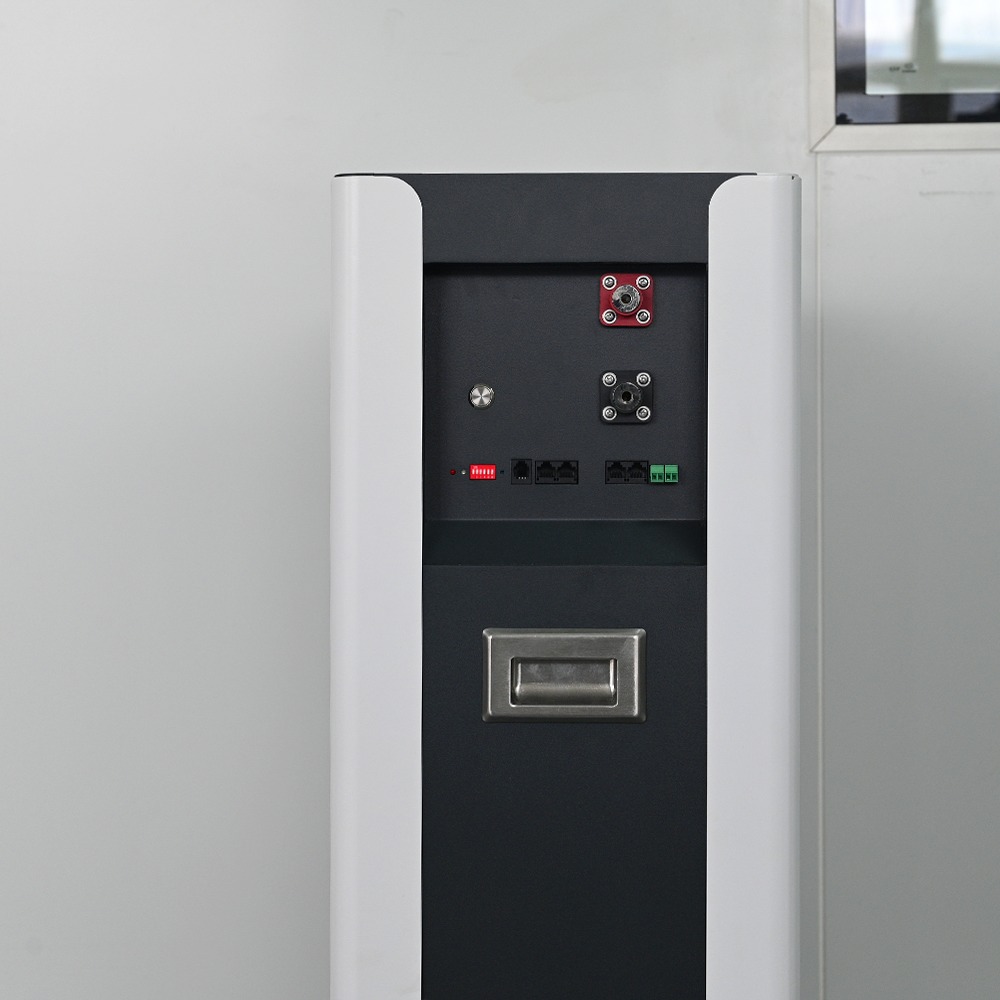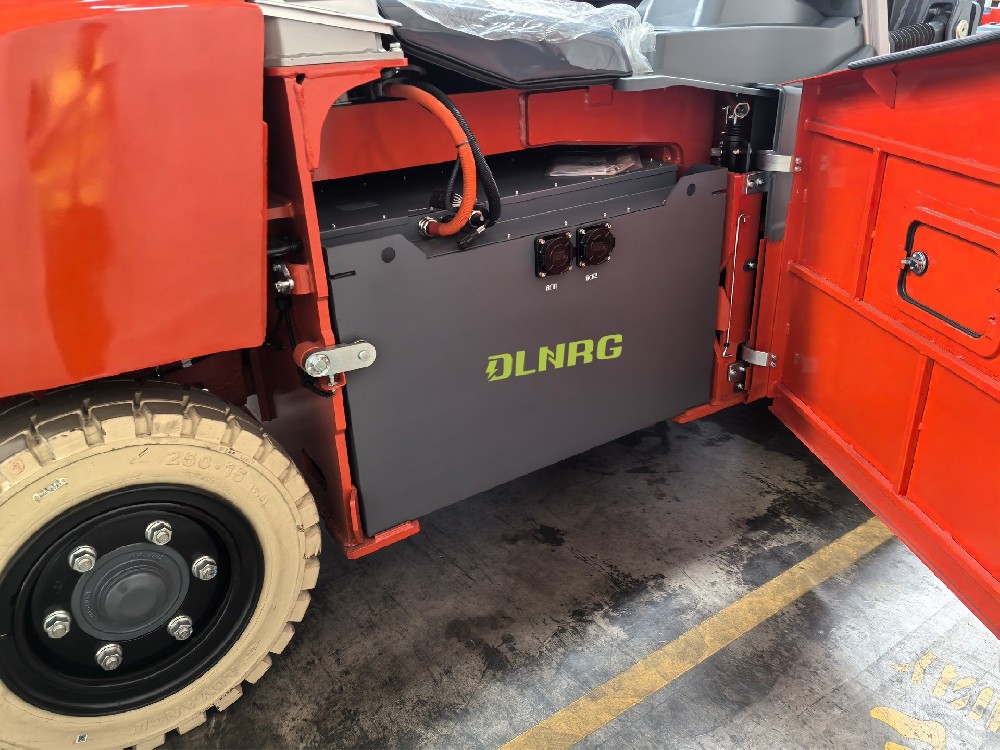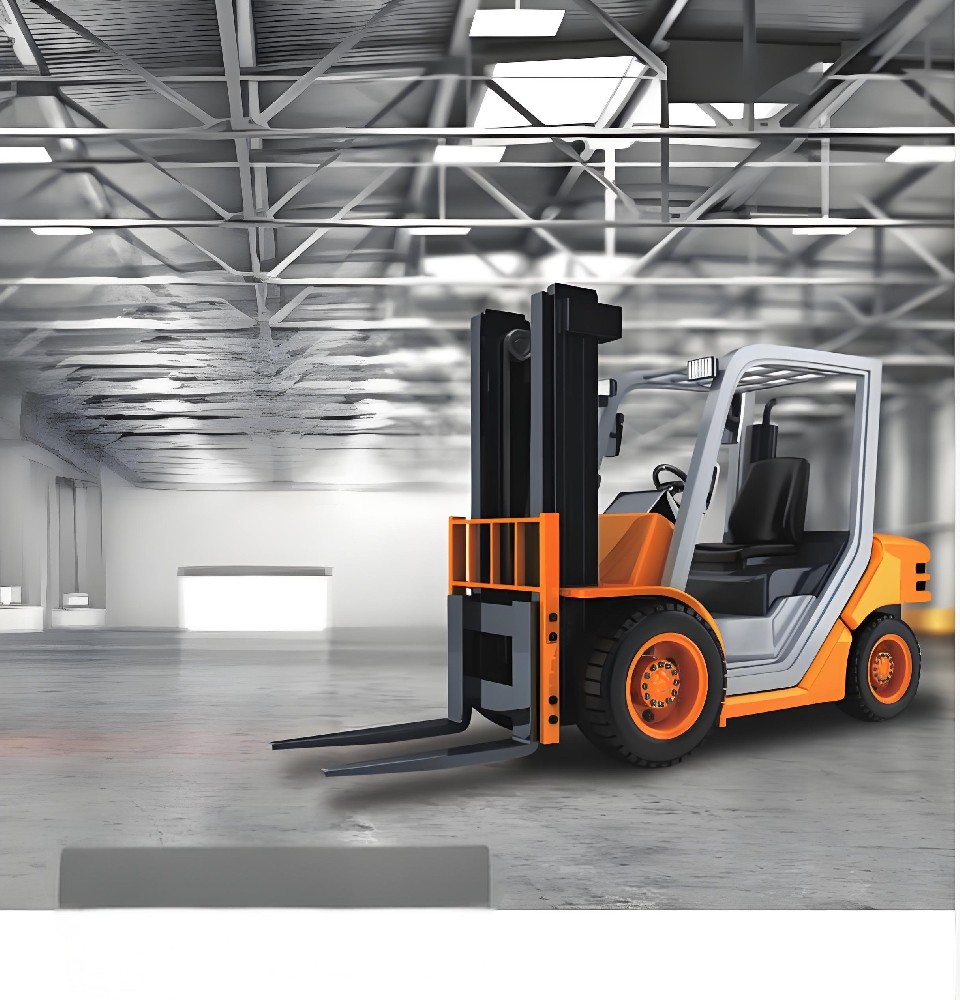Forklifts have many common uses. Whether lifting bales of hay on a farm, moving heavy construction materials in the city or stocking shelves in an average grocery store, anyone moving heavy loads benefits from using a forklift.
We’ve come to think of them as strong, reliable tools—and they are! However, as with any other pieces of machinery, their parts wear down or break over time, and need replacing. Do you know the parts of a forklift?
Sure, you could take your forklift into the shop or call out a mechanic every time it needs a repair… But when you’re working with heavy loads and materials, some amount of damage is hard to avoid, and you can’t always afford to stop work because one part isn’t working! Not only that, but repeat shop work gets pricey fast.
So, what’s the solution? Well, read up on these essential parts of a forklift, for starters! Once you’ve got the details on the basics, you can learn how to repair and replace them, too.
1. What’s a Forklift Without a Fork?
What’s the most obvious part of a forklift? The lift?
No—the fork, of course! (The “lift” isn’t even a part in itself, for the record.)
Yes, the piece that goes under or into what you lift is called the fork of a forklift. As with a kitchen fork, you can use its tines—those are the individual pointy parts of the fork—either to stick through something (like hay) or under something (such as a pallet loaded with some kind of good).
You’ve probably experienced tines bending, if not breaking while using a kitchen fork, as most of us do at some point—we spend a lot of time eating, after all! Forklifts aren’t too different. Naturally, the longer and thinner a piece of metal is, the more likely it is to bend or break, no matter what it’s made of or what it’s part of.
Forklift tines aren’t as fragile as those of a kitchen fork, of course. …But you’re not lifting hundreds or thousands of pounds with a kitchen fork! So, that likelihood rises a lot.
The forks and tines are replaceable—so don’t try getting away with bending tines back into place, or the “fixed” forks will be more brittle than what you started with.
2. Crucial Forklift Controls
Depending on how long you’ve used a forklift, it’s possible that using one is second nature. No matter how skilled you are with one, though, you can’t deny that a forklift is more complicated to operate than the typical car, with many additional controls. Some of these include tilt, lift, and side shift levers, along with the basic steering wheel, gas pedal, and brakes—among an array of others!
Because they’re this complex, there are a lot of things that can go wrong when using a forklift, if you’re not careful.
What’s one of the easiest things you can do to ensure your forklift won’t become a liability? Make sure it’s maintained, and that the controls, in particular, are functioning so you can steer clear of hazardous situations…literally!
3. Forklift Batteries
The kind of controls you have—and even whether they work or not—won’t matter much if you can’t start the forklift in the first place! Like any car or truck, forklifts require heavy-duty batteries to start and operate, and many are completely electric.
The days of dangerous lead-acid batteries are behind us. When using a lithium battery instead, you can use it for thousands of charges before needing to replace it. That’s potentially years of usage!
4. Forklift Tires
You might not think of tires as essential parts of a forklift, as they aren’t directly involved in what the tool is specialized for—that is, lifting. Any vehicle has them, right? Consider this, though: A forklift that can’t go anywhere isn’t much of a forklift at all!
There are two common types of forklift tires: cushion (press on) and pneumatic (split rim).
Cushioned tires are designed for flatter, smoother surfaces. So, they’re often used inside but are great in the right outdoor setting, too. Fun fact: Indoor forklifts sometimes use only three wheels, not four!
Pneumatic forklift tires are designed for bumpier, rougher terrain. They have a lot in common with typical car tires but aren’t the same. They might have an inner tube, or can be made of solid rubber.
Make sure your tires are right for the job, or you could find yourself in a whole lot of trouble!
5. The Forklift Chassis
The most basic part of a forklift has got to be the chassis. Without it, all these other parts would be in a big pile on the ground! If you’re not familiar with the term as it relates to automobiles, the chassis of the forklift is comparable to a human’s skeleton.
A chassis is the base framework for a vehicle, including everything the working parts attach to.
If your forklift’s chassis needs repairing or replacement, you’re best off taking it to a professional for repairs, unless you’re a trained forklift mechanic or have someone in-house who is. Why? Well, if that’s the case, your forklift is either seriously damaged, or you could do real damage when trying to do repairs!
Other Parts of a Forklift
You learned about five essential parts of a forklift from this article. Is that all you need to know, though? No way!
Some other parts of a forklift you should read up on include the engine (some forklifts have them), the cab, seat, capacity plate, and counterweight. That’s not all that’s involved, though—don’t be mistaken.
But even if you know every single last bolt, that doesn’t mean you know how to operate a forklift! Proper forklift use requires lots of studying and hands-on training. You need to know more than what all the parts are—you need to learn how they work and how to safely interact with them, too!
Please watch the forklift video to get started. You might not be using one in your car, especially if it’s not hybrid or fully electric, so it’s a great idea to make sure you know what you’re doing.

Satisfy All Your Forklift Battery Needs (and More)
One of the most common parts of a forklift that needs replacement is also one of the easiest to replace all by yourself—thank goodness!
So, what is it? …It’s the battery!
If you have the option to and haven’t, it’s a great time to switch the battery to a safer, rechargeable alternative: lithium-ion batteries.
For any questions or concerns you have about ordering Li-ion batteries, just shoot us a message. Happy lifting!




